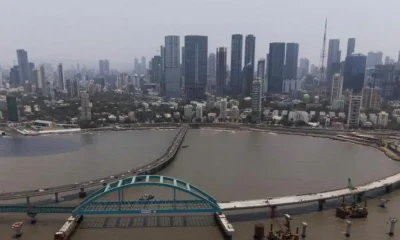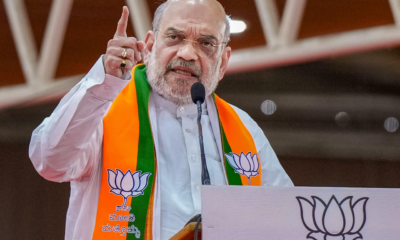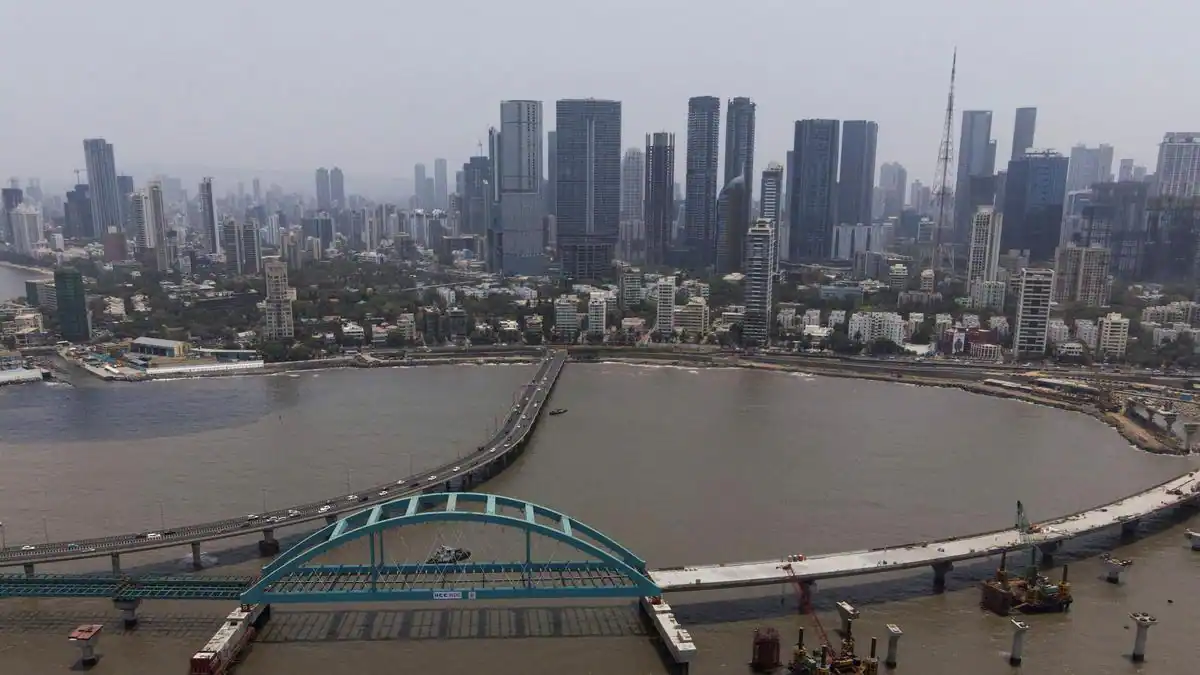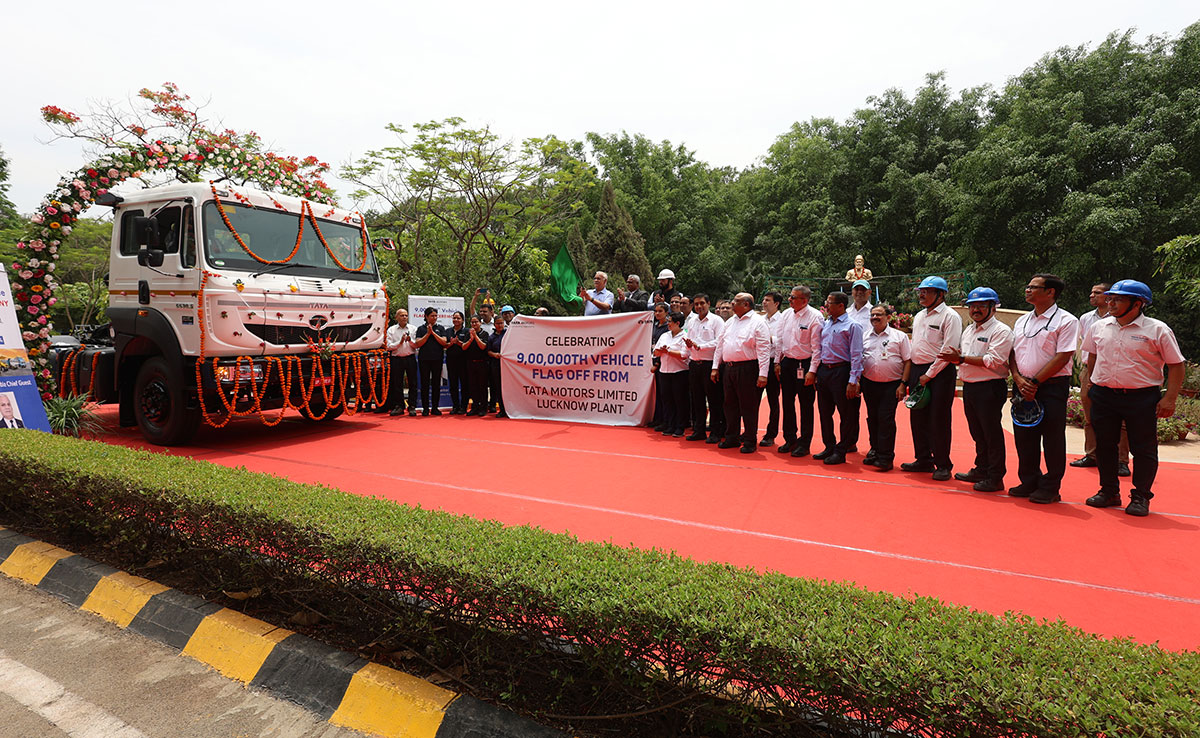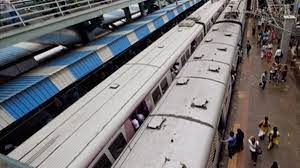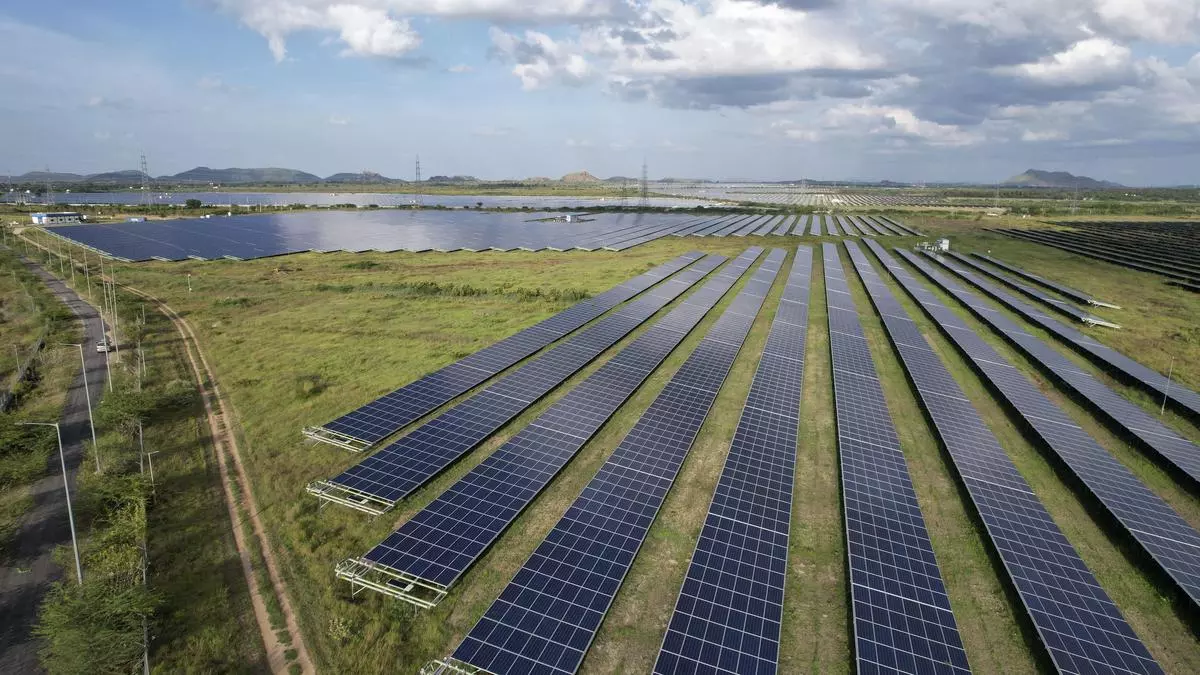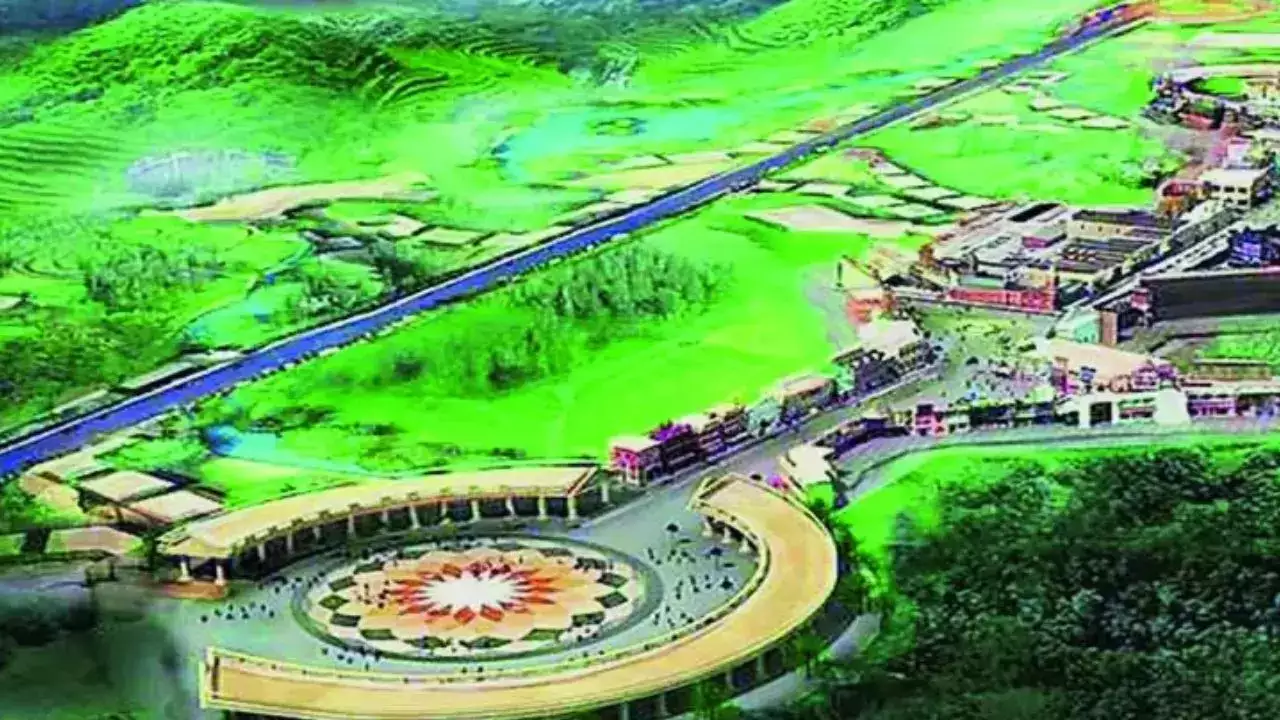Infrastructure Development
BIHAR SPEEDS UP WITH NEW VANDE BHARAT TRAINS


The Daily Guardian is now on Telegram. Click here to join our channel (@thedailyguardian) and stay updated with the latest headlines.
For the latest news Download The Daily Guardian App.
Infrastructure Development
Mumbai coastal road, sea link connected by second girder
Infrastructure Development
GMR Intl Airport upgraded by S&P Global on tariffs, robust traffic
Infrastructure Development
Railways developing Amrit Yard Model to ease congestion
Economic
Gujarat and Karnataka lead clean energy transition: IEEFA Report
Infrastructure Development
Modi 3.0 Unveils Ambitious Railway Investment Plan of Rs 10-12 Lakh Crore
Infrastructure Development
UP Govt likely to lay foundation stone of film city project after LS polls
-

 Opinion2 years ago
Opinion2 years agoPakistan-China nexus trying to sow doubts in Indian society about governance systems
-

 Fashion7 years ago
Fashion7 years agoThese ’90s fashion trends are making a comeback in 2017
-

 Entertainment7 years ago
Entertainment7 years agoThe old and New Edition cast comes together to perform
-

 Entertainment7 years ago
Entertainment7 years agoThe final 6 ‘Game of Thrones’ episodes might feel like a full season
-

 Opinion2 years ago
Opinion2 years agoEnvironment day with a missing spring and lost souls
-

 Business News2 years ago
Business News2 years agoIndia Becomes World’s 5th Biggest Economy
-

 Policy&Politics2 years ago
Policy&Politics2 years agoA successful SME must understand his 5 wives
-

 Business News2 years ago
Business News2 years ago‘75K STARTUPS DEFINE THE POWER OF INNOVATION’
